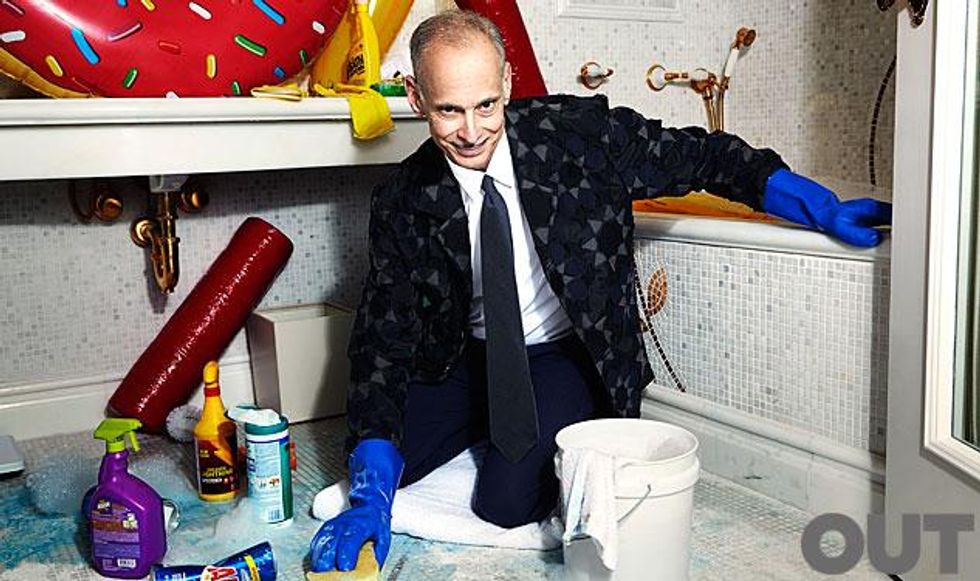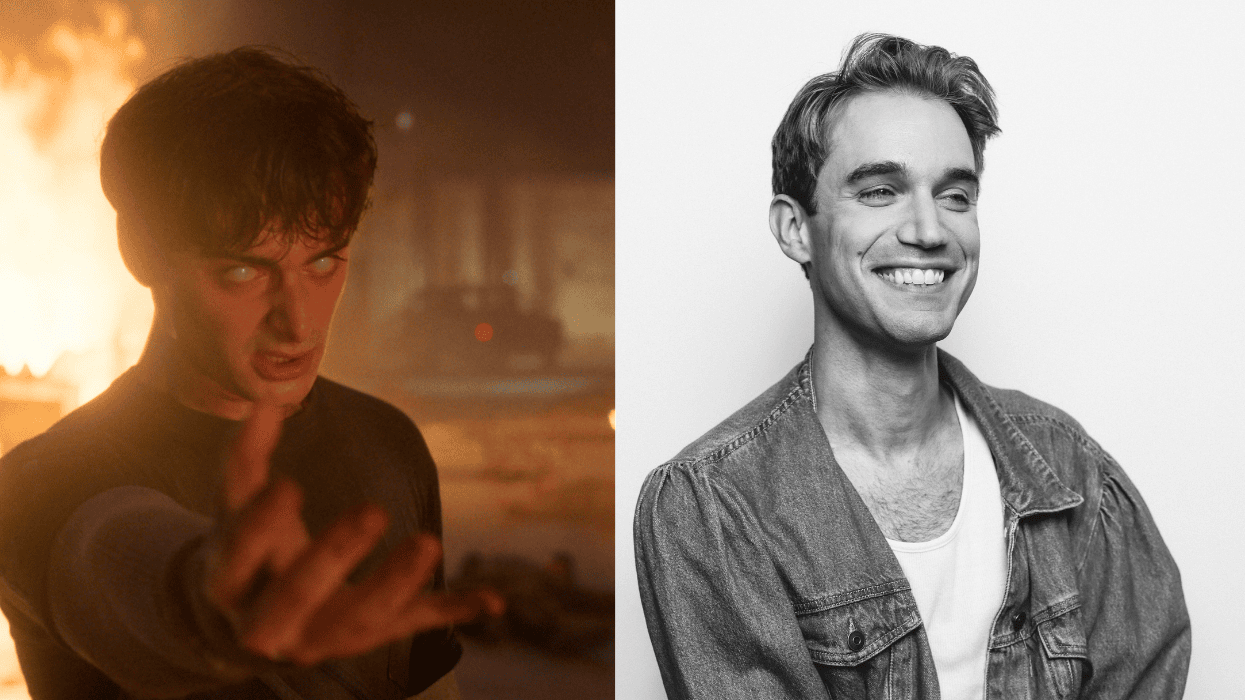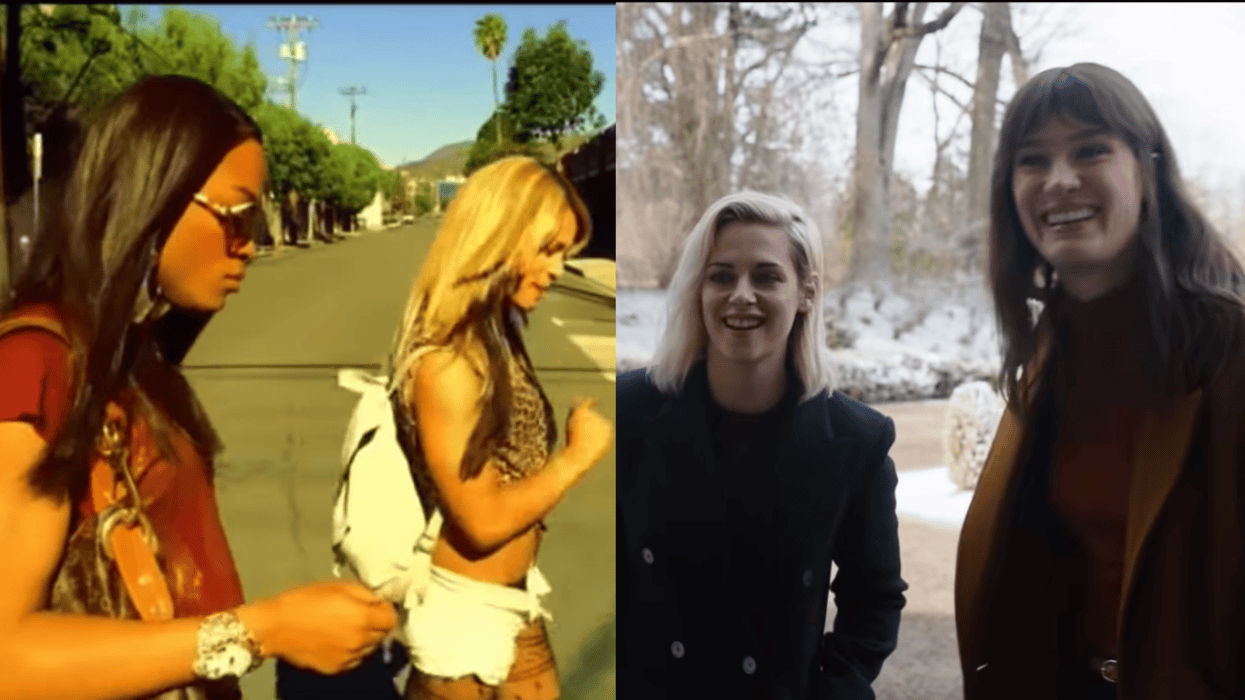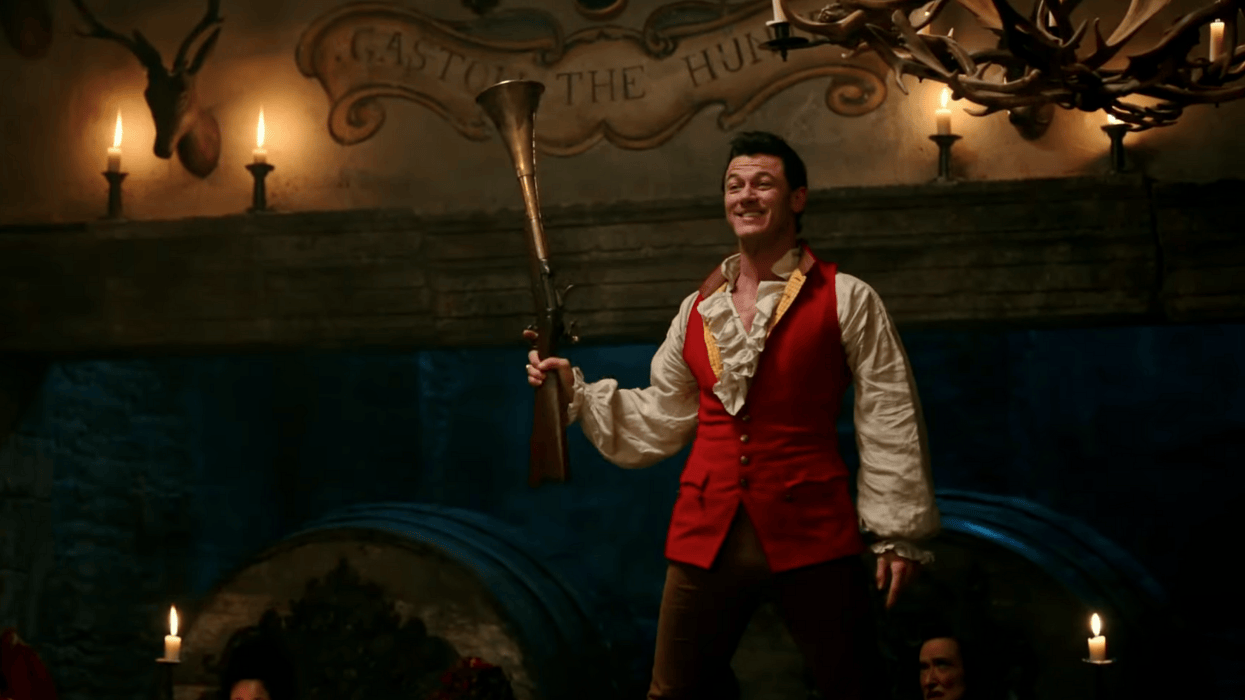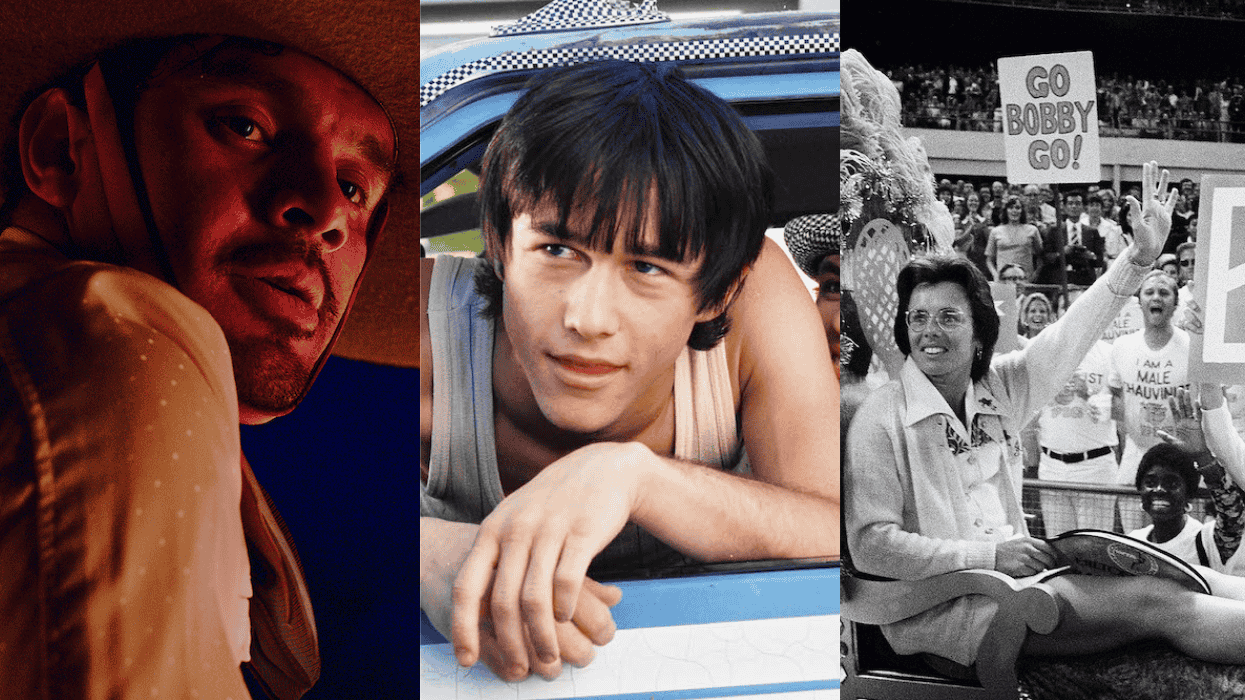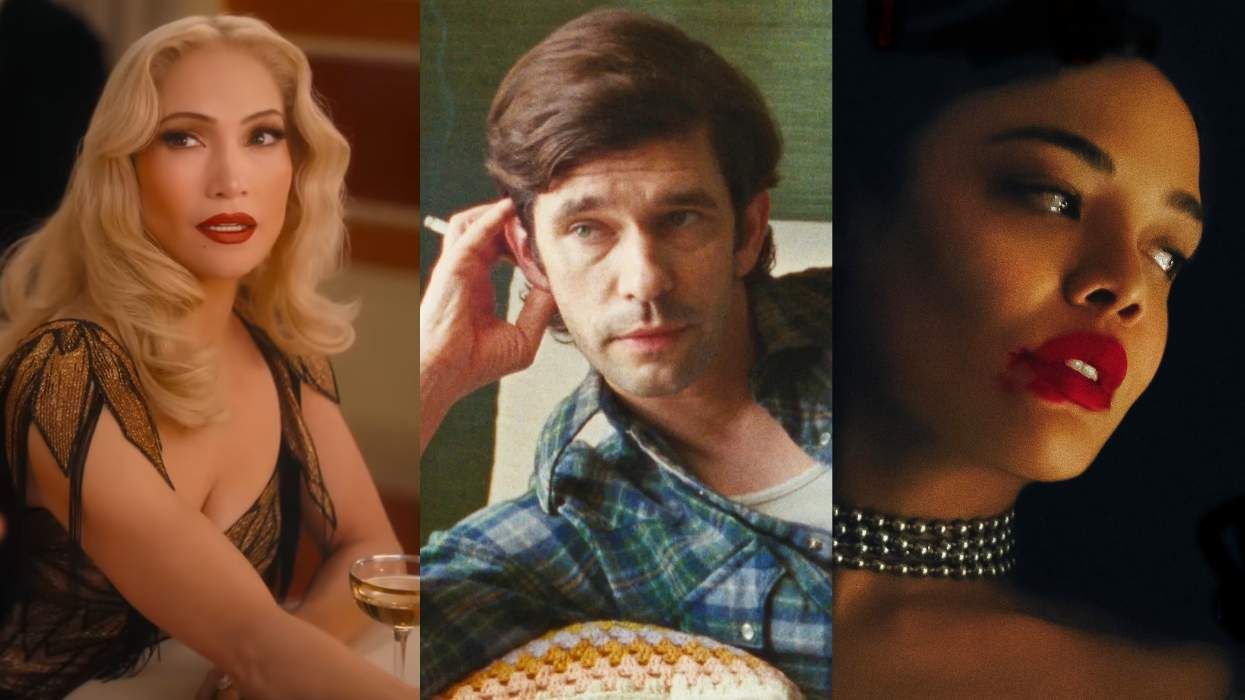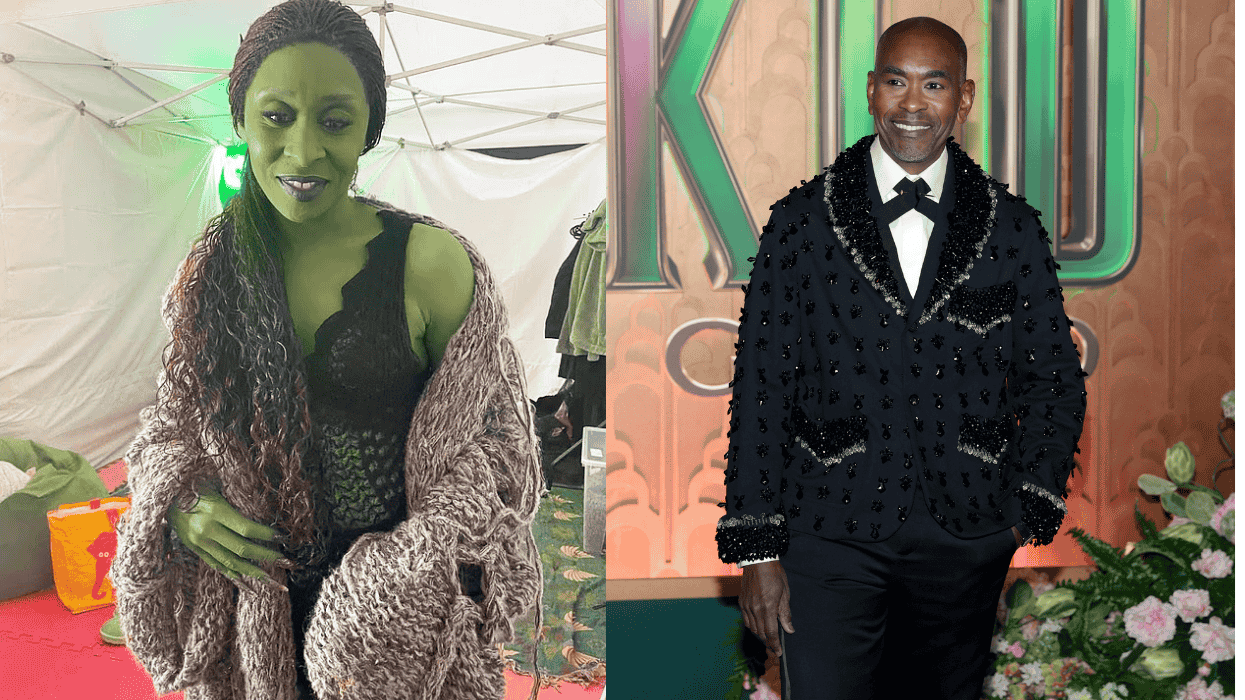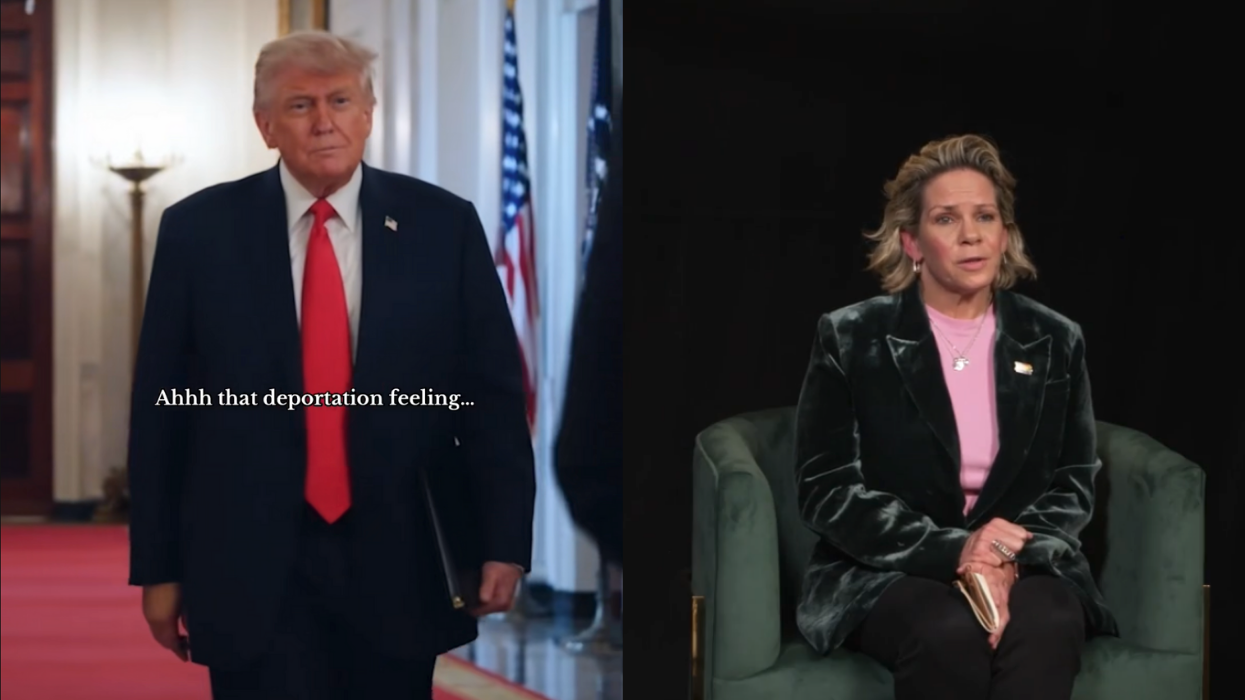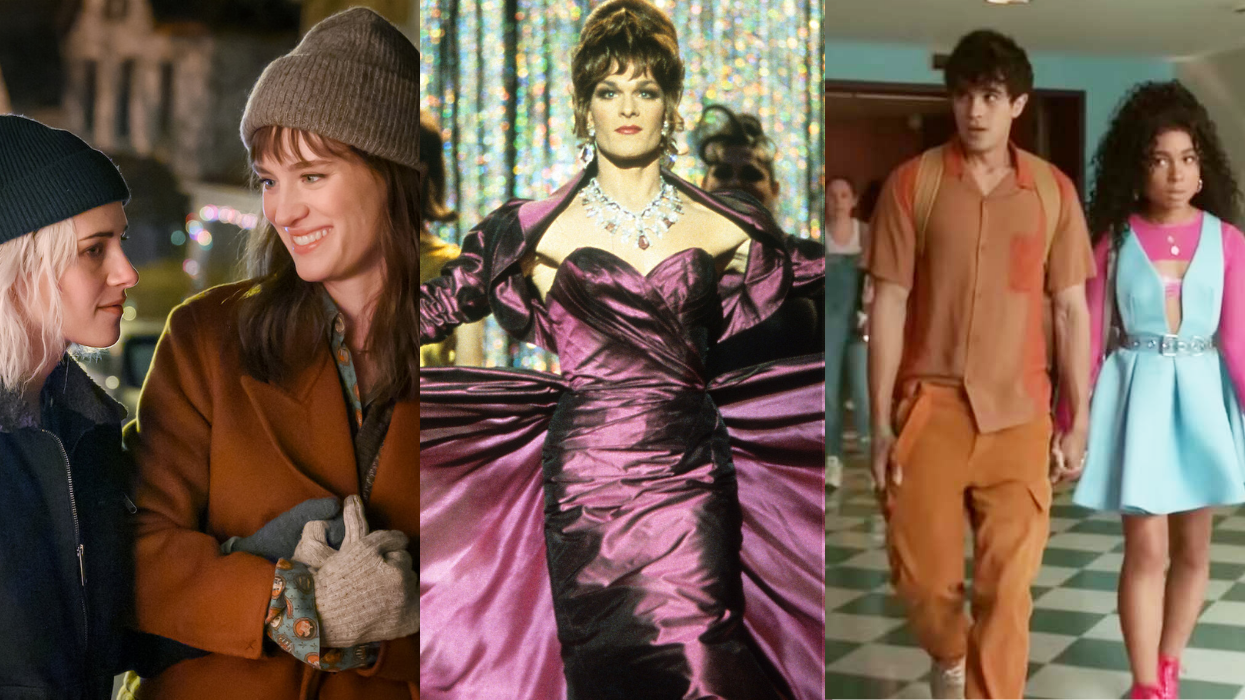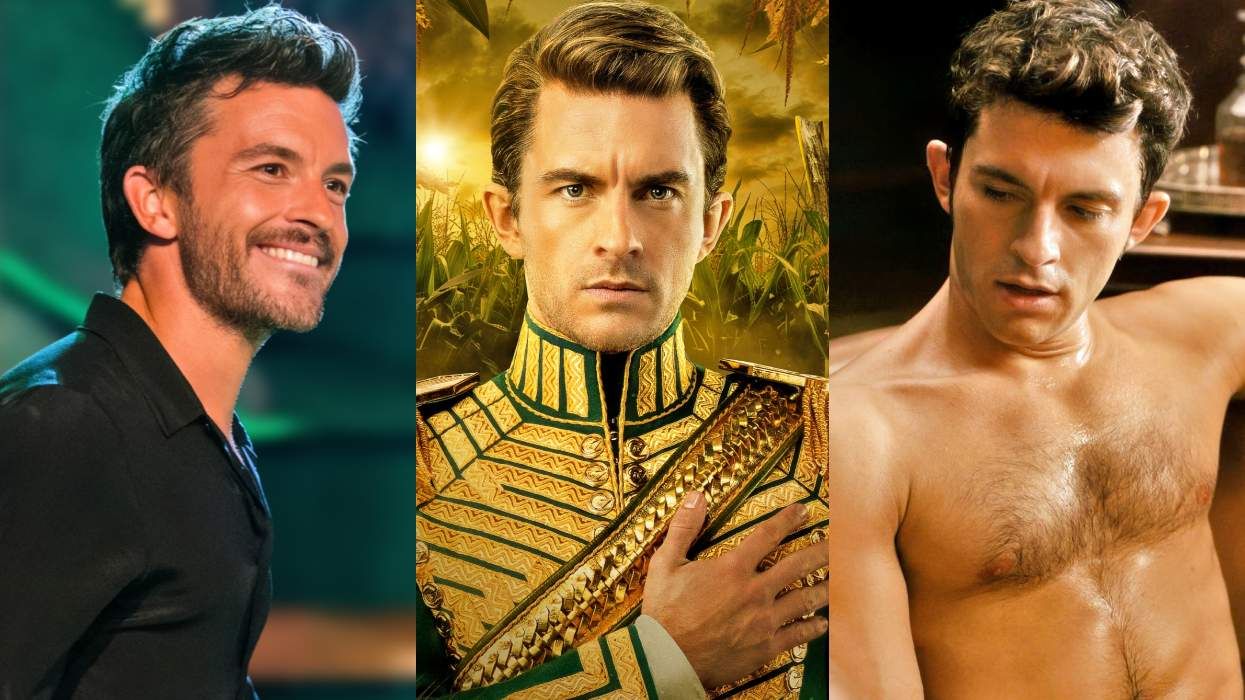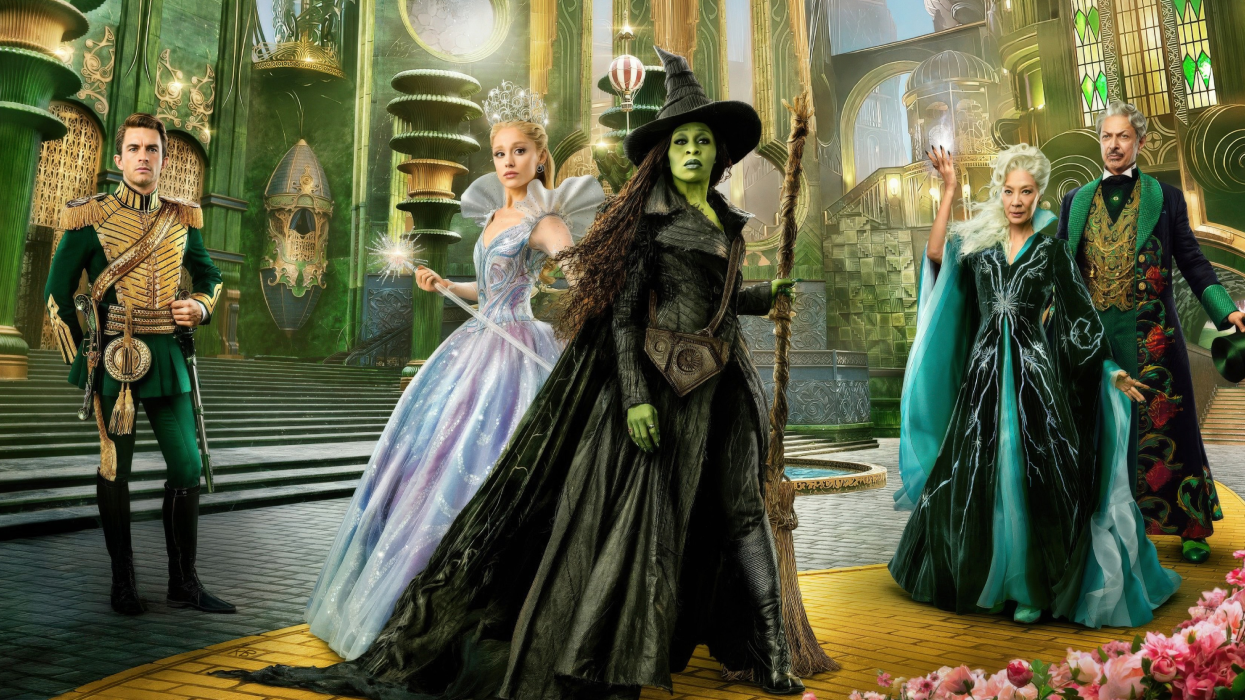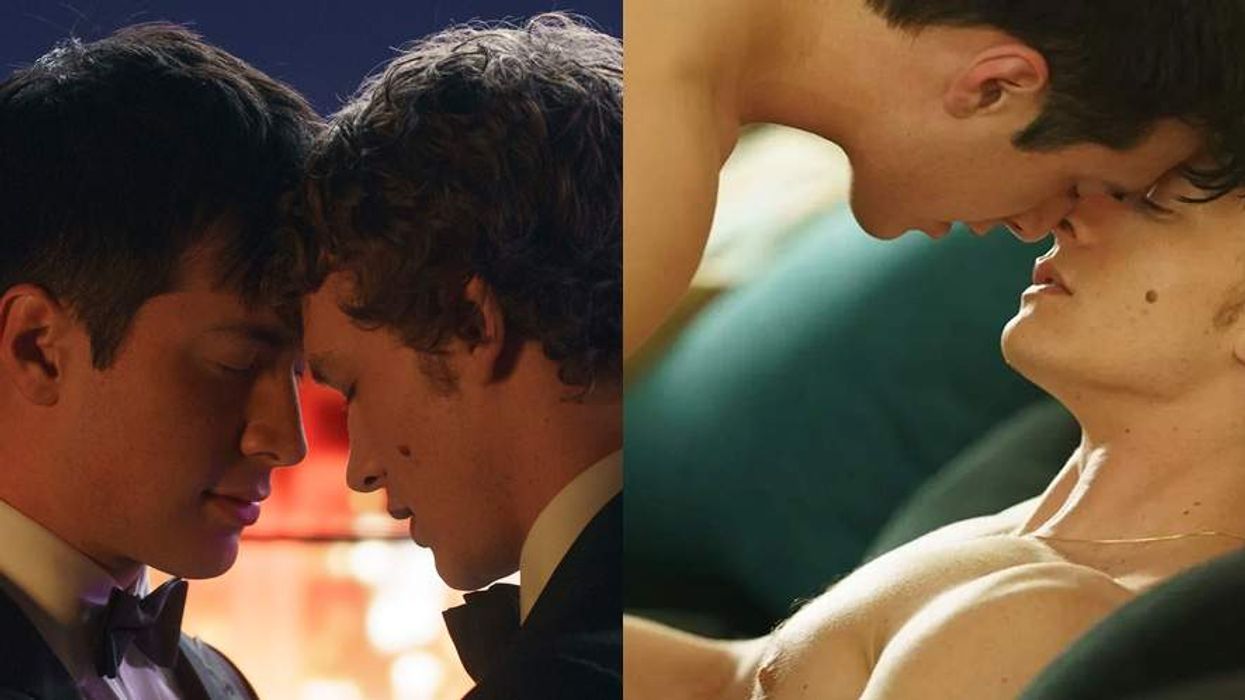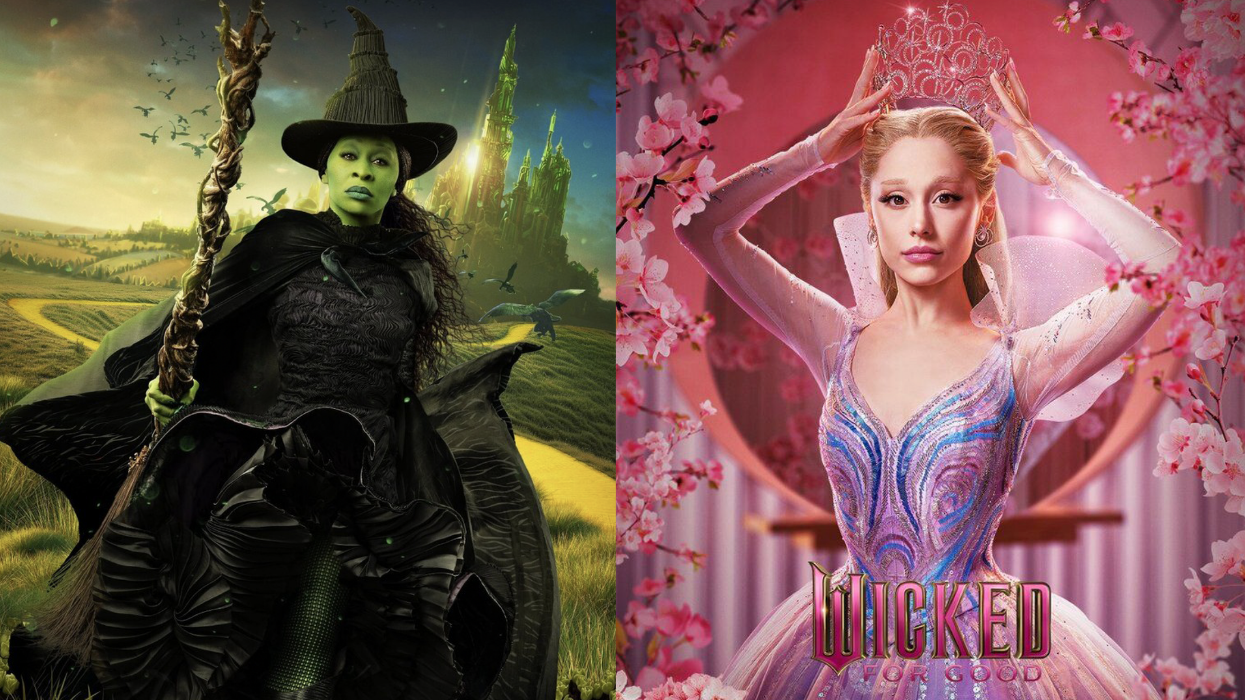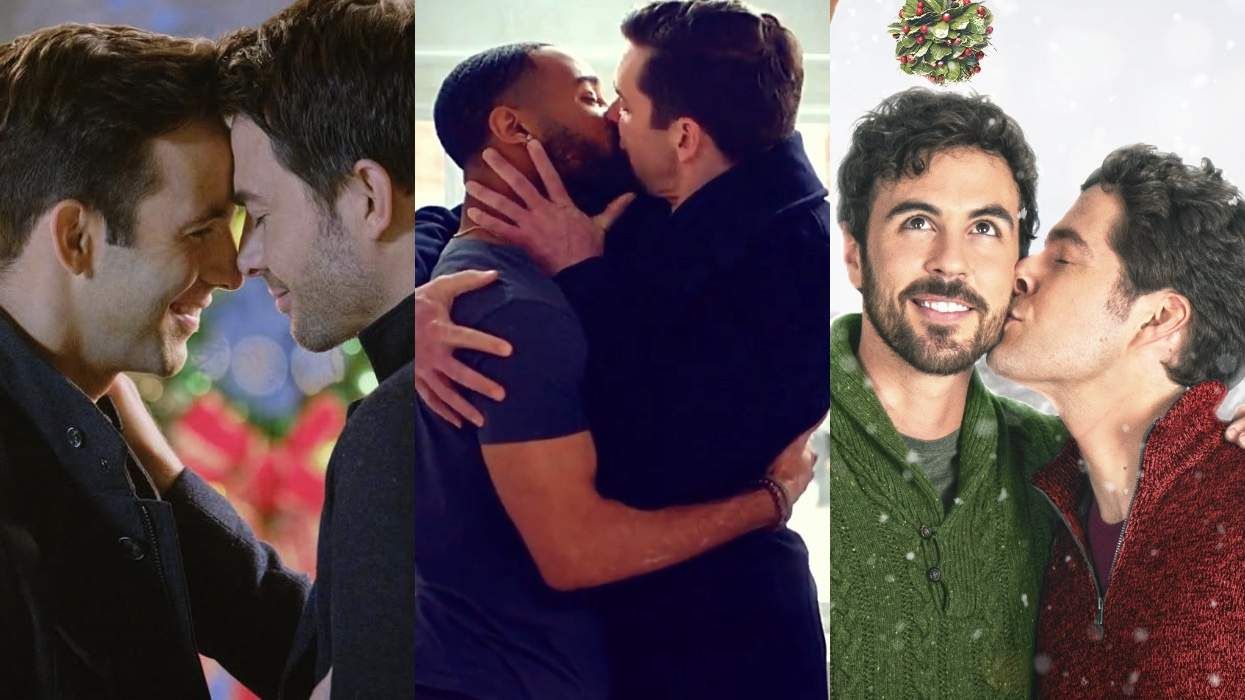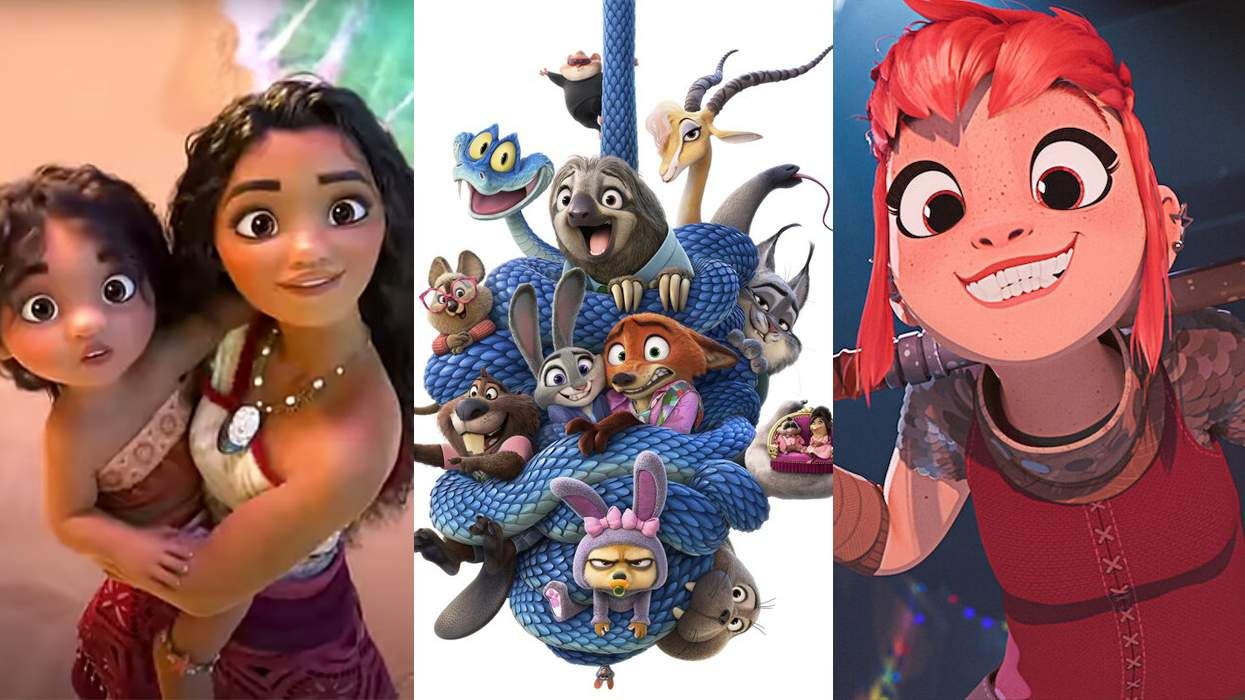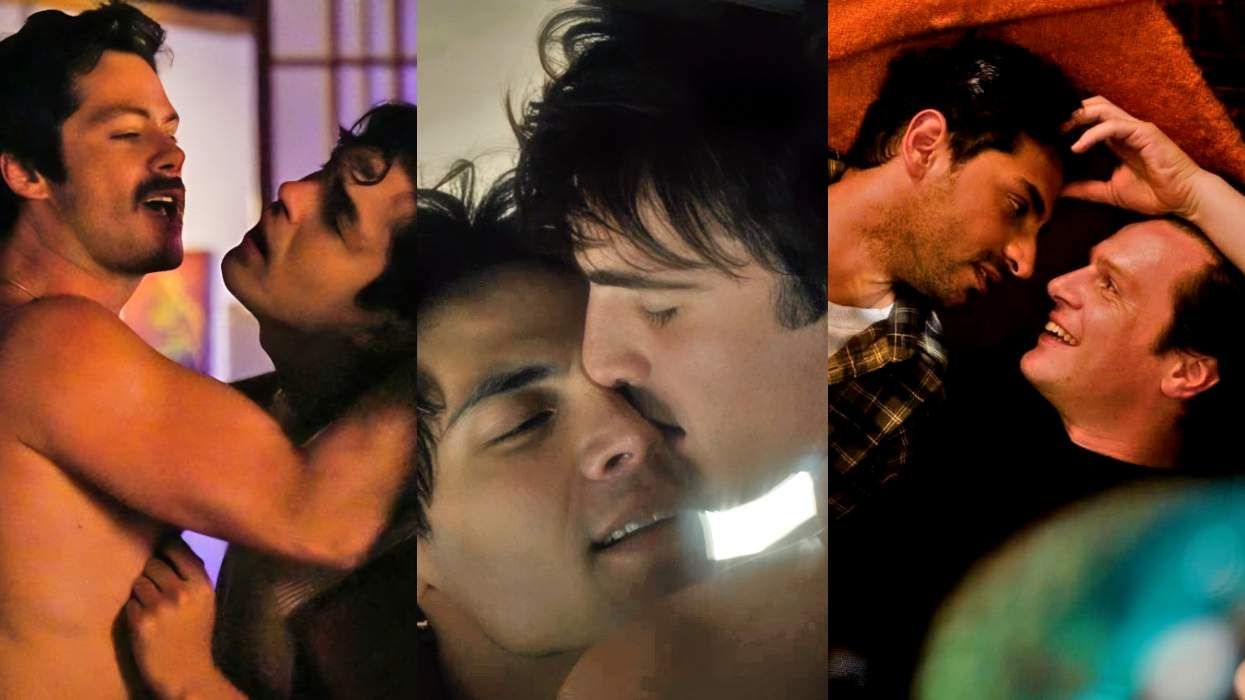One of the most iconic -- and condemned -- images captured on celluloid is contained within John Waters's 1972 film Pink Flamingos. In all 12 of the filmmaker's feature films, as well as rare early shorts, Waters has been drawn to moments of "female grotesquery" and abjection, camp and carnivalesque representations of women, and scenes of the perverse and depraved underside of America.
Pink Flamingos, as most will recall, tells the story concerns Babs Johnson (Divine), living with her band of miscreant and slightly unhinged family members in a pink run-down trailer, who bears the title of "the filthiest person alive" made by a local tabloid newspaper. However, nearby goons Connie and Raymond Marble have learnt of this seemingly enviable proclamation and intend to take the honorific away from Babs. The film traces the tricks and tribulations of Babs and her family as they compete with the Marble couple for this seemingly elusive title.
But Pink Flamingos is most (in)famously known for its final scene. Babs, in an effort to reinstate her filthiness and hungry taste for the abject, scoops up a fresh piece of dog feces and eats it, savouring its taste with a brownish grin and a wink to the glaring camera.
John Waters photographed for Out in 2013
His iconic films of the 1970s--including Female Trouble (1974) and Desperate Living (1977)--embody the countercultural politics of the burgeoning generation of artists and filmmakers for the time. The earliest films are concerned with the unseen images that were unavailable on the big screen: maimed bodies, foot fetishes, and murderous hitchhikers.
Politically, after the Manson murders of 1969, the war waging in Vietnam that killed and disillusioned a generation, and an American government that deceived an entire nation, cinema in 1970s America was looking in on itself and examining America's more criminal, perverse, and transgressive aspects.
Waters, having been drawn to cinema for its camp and carnivalesque images and its ability to capture stories permanently, cites The Wizard of Oz (1939) as a revelatory moment for his filmmaking. With the garishly green witch cackling and swooping around the Land of Oz, Waters says that the film's representation of "forbidden subjects" -- such as the villainy of the Wicked Witch -- inspired his affinity for more perverse and unseen images of human nature.
No doubt the socio-cultural circumstances of American life compounded the cinematic need for deviant and exploitative images that Waters migrated to. Indeed the premise of creating a series of films where a male drag queen (Divine) portrayed women characterized by their unfeminine, vulgar, and debased impulses worked in line with the growing backlash against mainstream conventional representations of women on screen.
The queer politics of Waters's films remain rich and unique. With an obese man playing a drag queen performing these female characters, Waters wonderfully engages in irony and camp tropes to underscore the way femininity and womanhood is a performance on screen. For decades before Waters, femininity in Hollywood was characterized by the likes of Hollywood movie stars and the tropes of conventional femaleness: sanitized images of slim, smoking, and beautiful starlets. The band of actors Waters recruited for his films rejected these sorts of archetypes. Waters attempted to subvert this long-standing cultural and cinematic trajectory, which worked in tandem with the growing rejection of oppression gay men, women and lesbians, and other queers were experiencing in the politicized 1970s liberation movements.
For academics, returning to the filmography of Waters is an intellectually invigorating experience. In the case of well-known gender theorist Judith Butler, her inspiration for the title of her acclaimed book Gender Trouble came from Waters's film Female Trouble. Butler opined that gender was a naturalized social construction in Gender Trouble and no doubt when viewing the film one can see how Waters layered his crude handicam story with levels of gender play: a man as a drag queen playing a woman who plays a young rebellious girl. The meta-gender levels to the text are almost overwhelming.
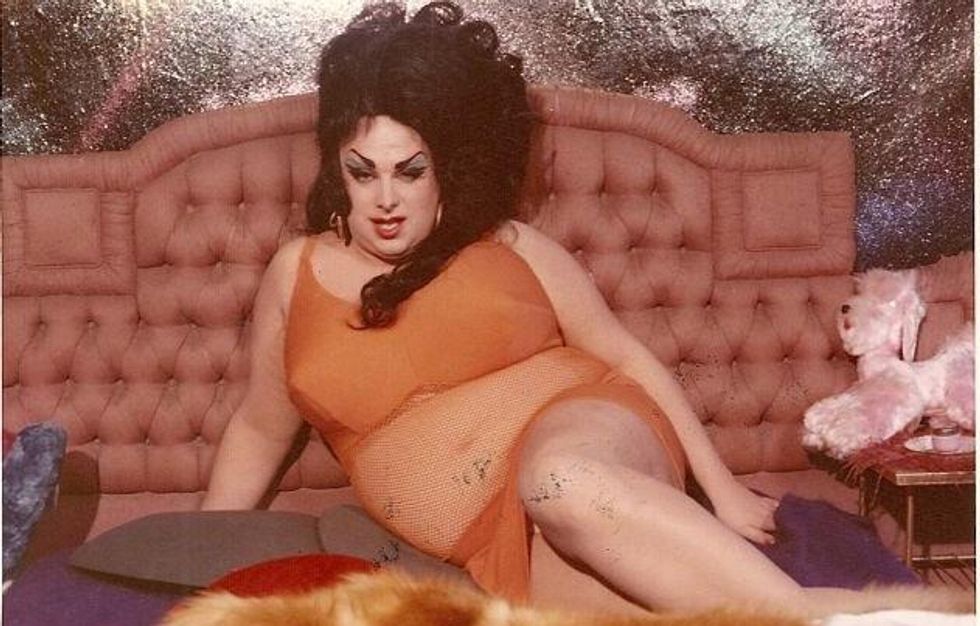
But Waters didn't always stick to the vulgarity of blowjobs between mothers and sons and dog shit stories. In the 1980s, he moved to more mainstream subjects with the success of his film Hairspray (1988), which spawned the hit remake and musical stage shows in the 2000s. With Deborah Harry and Ricki Lake, Hairspray oozes campness in its garish and gaudy colourings, its fetishization of the 1960s pop culture, and drag queen excess with the delicious Divine as the protagonist's dumpy mother.
Now, with some Hollywood credibility accruing to his CV, Waters returned in the 1990s to an American landscape so near and dear to him: suburbia. The phoniness and dark underside of the American suburban scene proved too tempting to turn down and Waters moved from swinging sixties subjects and trailer park trash to the murderous impulses of the Betty Crocker of Baltimore with Serial Mom (1994). Kathleen Turner starred as the lead criminal wife in this film about a killer mother hell-bent on wreaking havoc on her neighborhood. With Turner's adept penchant for humor and theatricality, she helped show Waters's knack for slick and commercially viable films commenting on modern day America.
Recently, it seemed that the 1970s has proved far too much tempting for Waters to not explore on film again, as he cheekily recruited the likes of Patty Hearst (the famous newspaper heiress who was kidnapped and later joined the "Symbionese Liberation Army") and Cindy Sherman (the renowned photographer known for her collection of images commenting on the representation of women in American society). These two women embody 1970s feminist liberation and countercultural energies that Waters wanted to reintroduce via film into the 20th-century -- with an apt amount of intertexuality and some healthy irony, of course.
In the films Pecker (1998) and Cecil B. Demented (2000), we see figures like Hearst and Sherman strut their stuff in some of Waters's most indulgently camp and excessively bad films that are characterized by their seemingly "conventional" introductory stories but quickly descend into bizarre and arbitrary narratives of terrorist attacks, the glare of the tabloid media, and A-list stars being kidnapped. The fact that Waters wanted to reimagine defining cultural and political events from a time when he made movies of drag queens wanting to be labelled the filthiest folks alive is a wonderfully ironic -- but appropriately Waters -- retrospective take. A very postmodern pastiche: taking countercultural icons of the past and recycling them into stories that loosely retell their own experiences and iconicity for modern day American audiences.
Today, the "Pope of Trash," as he's been called still has a taste for filth. "I think Nancy Grace is the filthiest person alive," Waters told Out in 2013, referring to the CNN anchor with a penchant for lurid stories. His films are mostly metonymic for an era where the conventions and formulas of filmmaking were slowly being dismantled with the death of the classic Hollywood studio system and the rise of more independent and, in the case of John Waters, more transgressive and experimental forms of directorship.
While there aren't as many "modern" instances of truly Waters cinema, there are a few contemporary films that adhere to cinematic explorations of the more abject and foul side of human obsession. A recent film by the director William Friedkin--who, like Waters, was known for his defining 1970s films The French Connection (1971) and The Exorcist (1973) (for which I am sure Waters loves re-watching the pea-green vomiting scene)--explores some comparable Waters themes.
Although some would be critical of my comparison, the way Friedkin has the cadaverous Matthew McConaughey (as the eponymous character) in Killer Joe (2011) swagger into some mid-Western white trash family down and out on their luck bears similarities to tenets of Waters's movie canon. In the course of the film, McConaguhey managers to make the young sister perform fellatio on a dirty chicken bone while she gushes blood, kills the matriarch of the heterosexual family unit, and procreates with the aforementioned sister while a score of dead bruised and battered bodies are scattered around him. The critique of heterosexual values and the dark "queer" unravelling energies Killer Joe brings are modern updates on the Waters's policy of savouring all the "unseen" contemptible and disgusting images on screen what should not be shown.
A more direct comparison -- and in which Waters himself starred -- would be Richard Bates Jr.'s 2012 film Excision, where a disturbed teenage girl goes to somewhat extreme lengths to impress her cynical mother. The film's graphic interest in blood, bodily dissections, and contrasts between highly sexualized encounters in the bedroom and the slicing and dicing of the morgue make for confronting viewing. But employing classic Waters-like black humor and irony, Excision unites the adolescent angst of Carrie (1976) with the theatricality of some of Waters's best work.
While no film will truly compare to the classics from Waters's oeuvre, it goes without saying that the men with the pencil moustache and penchant for the foul and despicable has himself emerged as an icon of images of America that no one perhaps ever wished to ever see.
Nathan Smith is an arts and culture writer. His writing has appeared in The Washington Post, The Atlantic and Forbes. Nathan tweets @nathansmithr.



